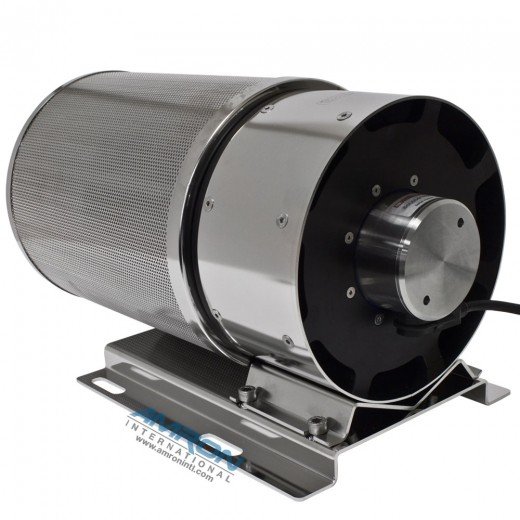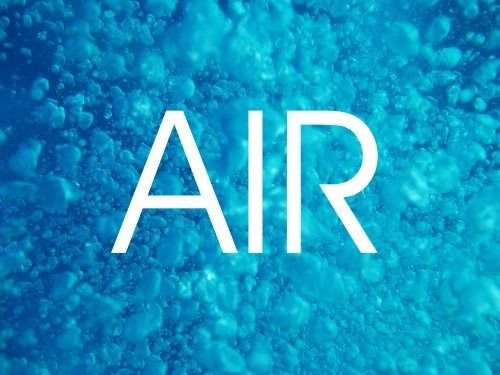 (Update 11.03.2023: structure renewed) This article is intended to define the concept for ensuring the appropriate habitat atmosphere to be used in the Calamar Park modules.
(Update 11.03.2023: structure renewed) This article is intended to define the concept for ensuring the appropriate habitat atmosphere to be used in the Calamar Park modules.
It is divided into the following sections:
- Guide Value for Electricity Costs
- Oxygen
- Oxygen Demand of a Human Being
- Oxygen Availability
- Carbon Dioxide
- Normoxic Gas Mixtures (Normox)
- Air Supply from the Surface
- Carbon Dioxide Scrubbing by Soda Lime
- Carbon Dioxide Scrubbing by Monoethanolamine (MEA)
- Carbon Dioxide Scrubbing by Sea Water
- Photosynthesis
- Water-Air Membrane
- Oxygen by Electrolysis
Our extensive analysis and proposals are part of the design manual.
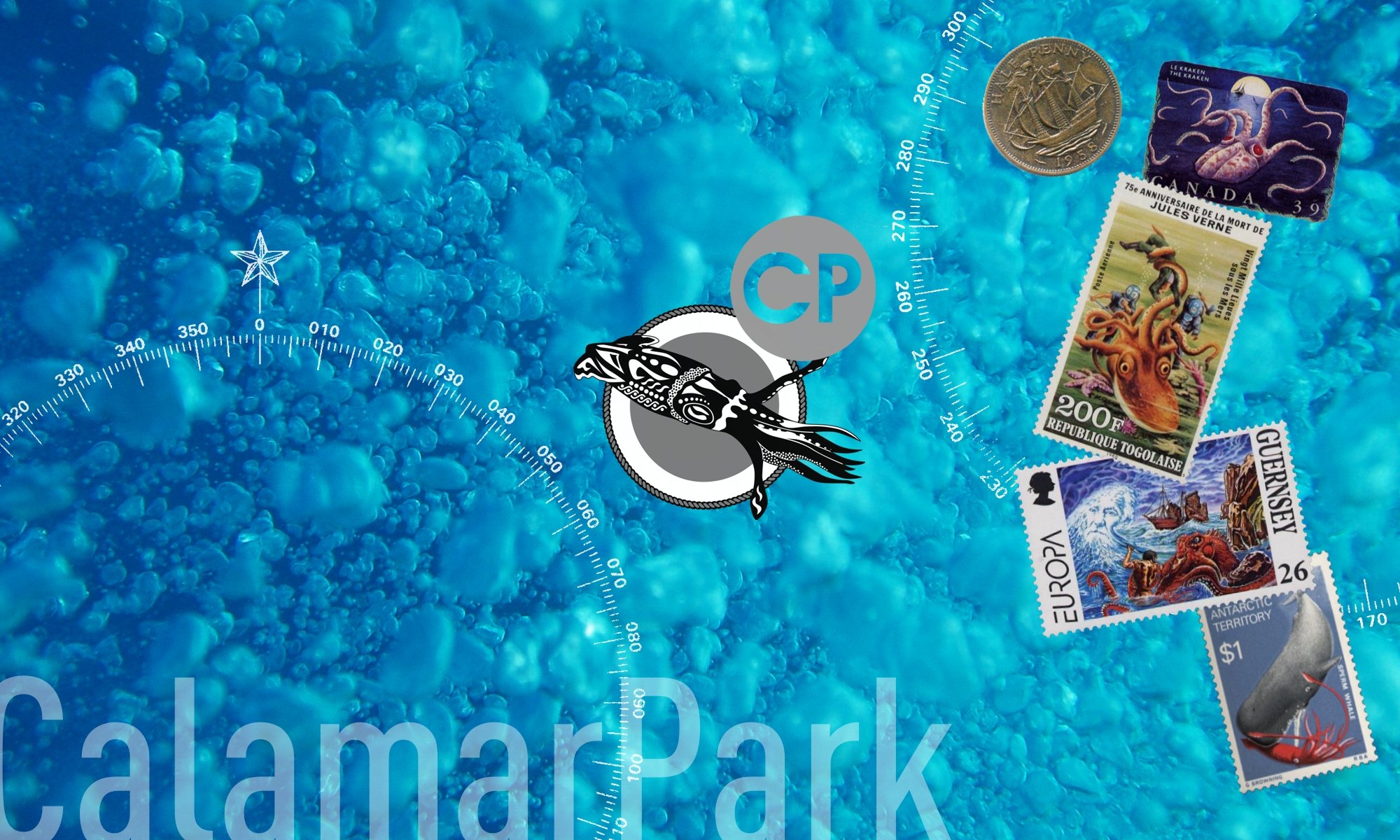
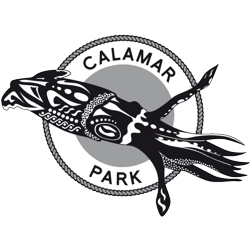
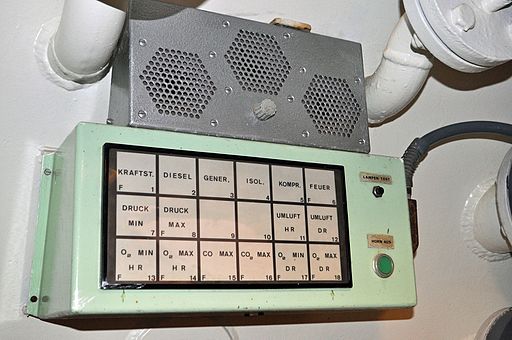
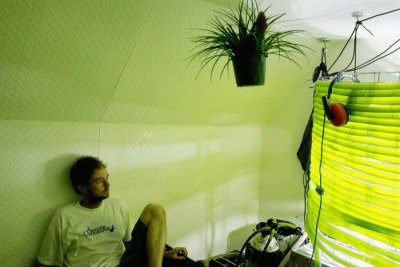
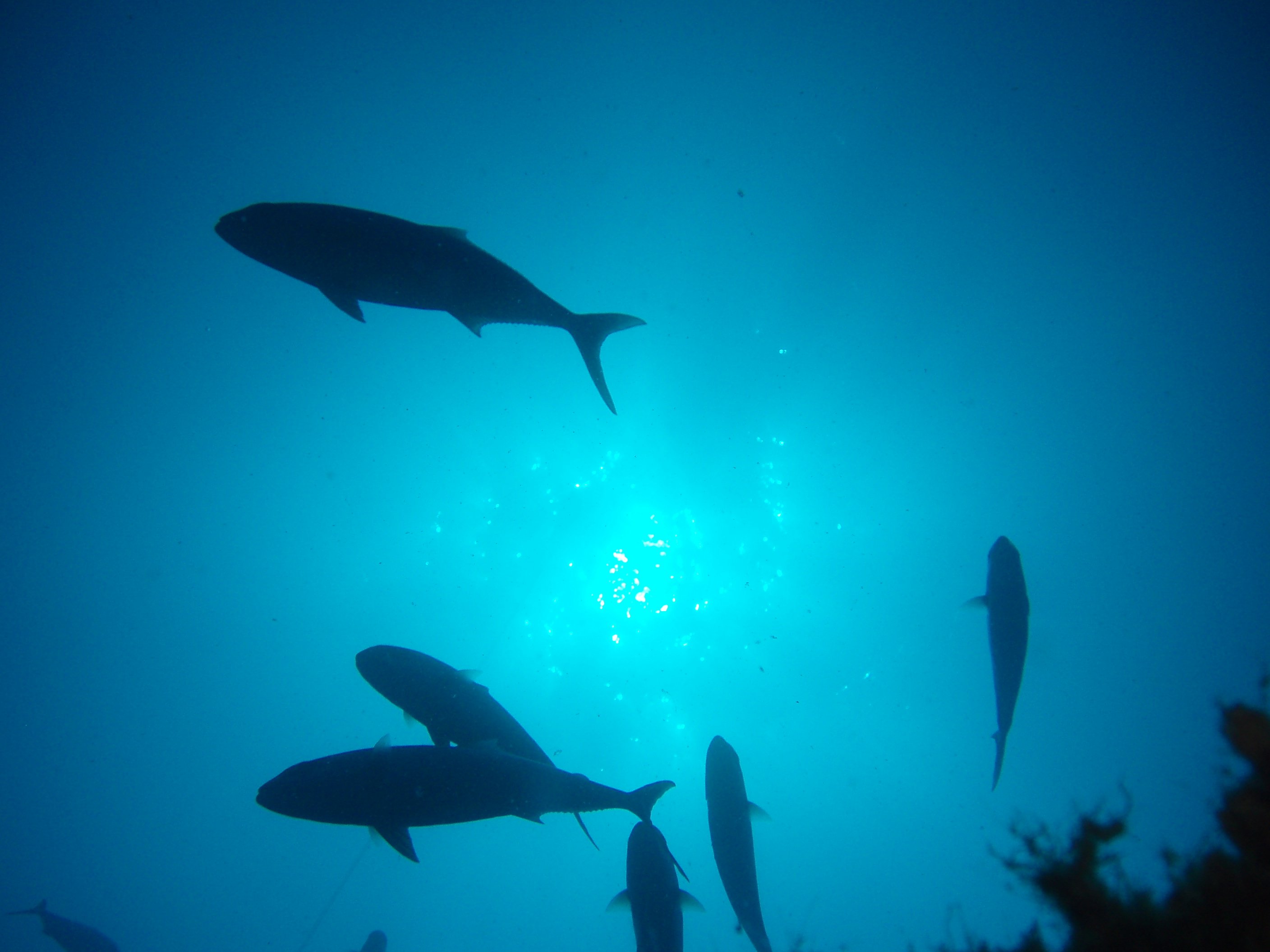 The Triton is a sort of artificial gill that would extract oxygen from the water for you in an on-demand fashion as you swim, obviating the need for bulky SCUBA gear. Is this really possible? Find the answer on
The Triton is a sort of artificial gill that would extract oxygen from the water for you in an on-demand fashion as you swim, obviating the need for bulky SCUBA gear. Is this really possible? Find the answer on 